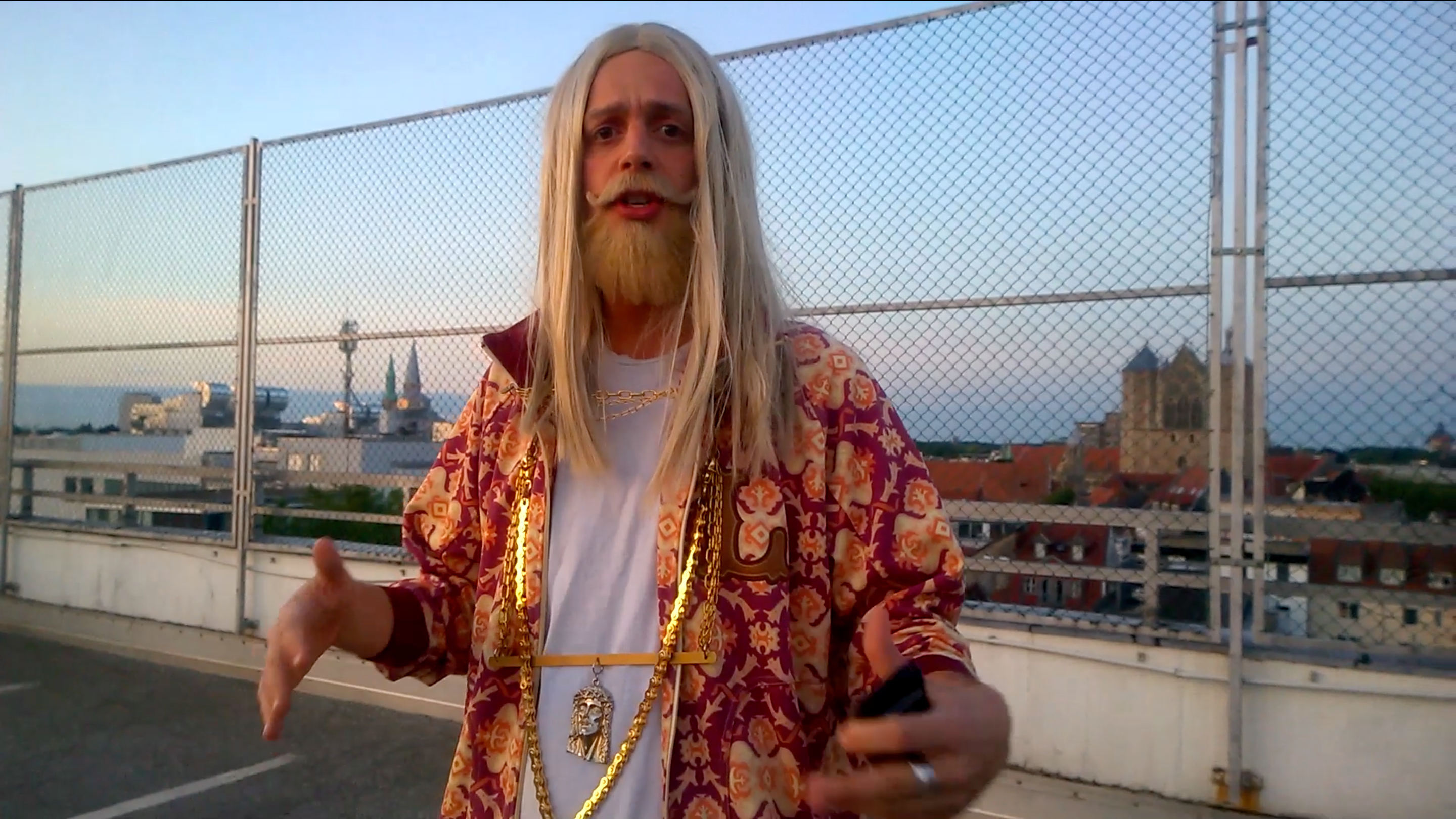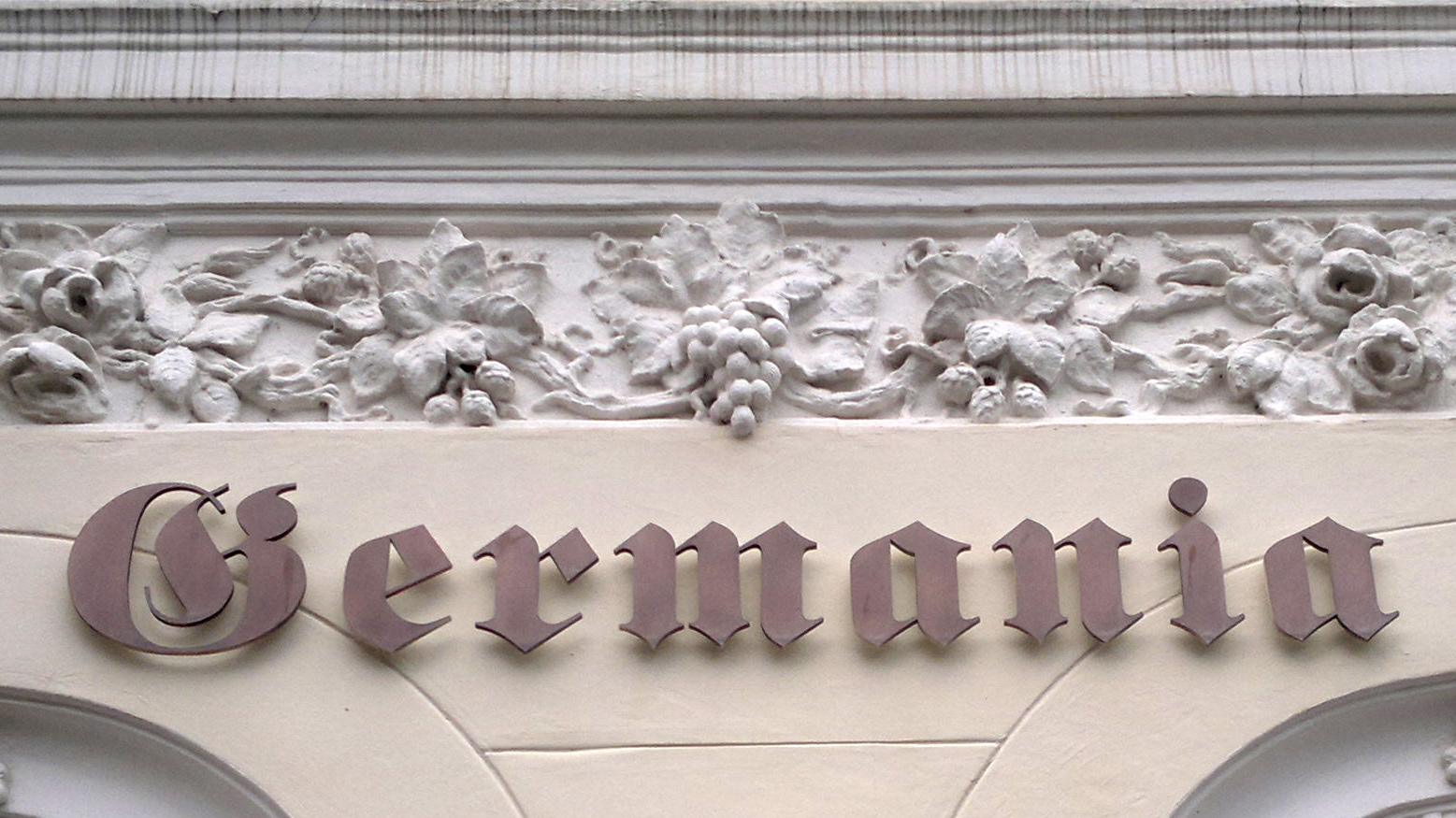"Passing the Point of No Return" is the first of a cycle of works which focus on ideology and various expressions of it in the contemporary world. Through the collapse of time and space, as made possible by the Internet, discursive modes of inquiry and alternative narratives are used to arrive at a point of "super-saturation".
In this first episode, called "White Power", the narrative focuses on the problematic definition of whiteness. Reverse "passing", starting with Rachel Dolezal as a case study, leads the research to Johann Friedrich Blumenbach, who coined the term "Caucasian" with his craniological studies and thus defined the so-called "white race".
The narrative weaves its way through the institution of both black and white slavery, Barnum's American Museum, Orientalism and its possible contribution to Abolitionism, the strange case of the Medici family, and definitions of "race" through time and across places. The term "Caucasian" leads the work to the Tsarnaev brothers and the 2013 Boston Marathon attack, and finally back to the Dolezal case, which in her life and work redefines the meaning of cultural appropriation and the very notion of race itself.
Initial approach. In trying to understand contemporary ideas about whiteness, I researched the history of racial passing from the Medici family to Rachel Dolezal, as well as the ambiguous geneology of the signifier "Caucasian".
This work was realised as an installation with multiple media, "exhibits" that were used to flesh out the original work on paper. Reproductions of two paintings were acquired: Turner's "The Slave Ship" (from the Boston Museum of Art) and Rachel Dolezal's "The Shape of Our Kind", a work which led to accusations not only of racial appropriation but also artistic plagiarism.
The American sculptor Hiram Powers produced "The Greek Slave" in 19th century Florence. It was widely celebrated and eulogised by the museum-going public, but few questioned the double standard of slavery in contemporary American society. The open-source 3D scan of this sculpture, produced by the Smithsonian museum, was used to re-print the sculpture at 1:1 scale, standing 155cm tall.
A five-channel audio installation accompanied the viewer around the space, consisting of source material contemporaneous with Turner's painting and Powers' sculpture, as well as correspondence between Barnum and his agent, to try to acquire their own Circassian beauty in the slave market of Istanbul, with a view to exhibiting her as part of their sideshow.
Installation view, 2016. A 1:1 scale replica of "The Greek Slave" by Hiram Powers overlooks the film "Fade to White", a re-enactment of the life of Johann Friedrich Blumenbach.
One of the consequences of the Ottoman slave trade, and the captivity narratives of Europeans on the Barbary coast, were bawdy narratives detailing lascivious Turks and their predilection for pale-skinned Caucasian women. This trope fed into contemporary Orientalist painting, but also had an impact on beauty standards in the West. The supposedly "whitest of the white" were the Circassians, a remote tribe in the Caucasus. When Barnum and Bailey were unable to acquire a slave woman of this type, they decided to create their own "genuine fakes" - American women who performed the role of "Circassian beauty" for the paying public.
Film composite. The young Blumenbach struggles in writing his Master's thesis until a surprise encounter challenges his notions of race, beauty, and desire.
Blumenbach, with his masters thesis on craniological studies published at the age of 23, coined the term Caucasian. He happened to be a member of a student fraternity and secret society at the time. The film "Fade to White" is a fictionalised re-imagining of the encounter between two people from very different parts of the world. Or perhaps just a young man in love with his own anima.









